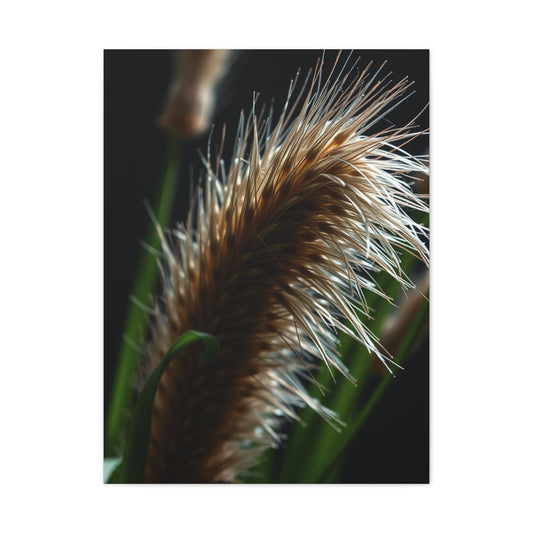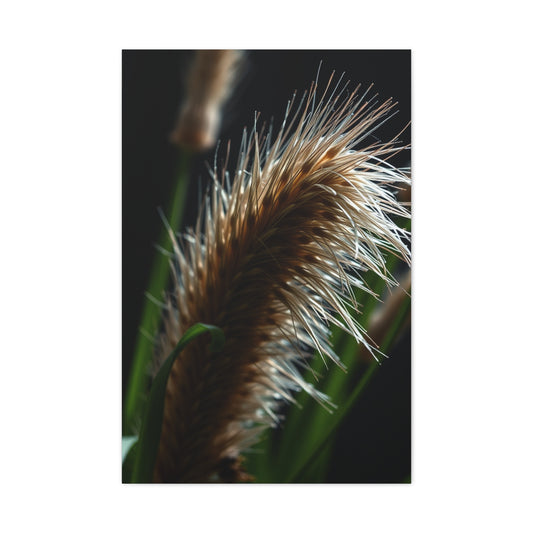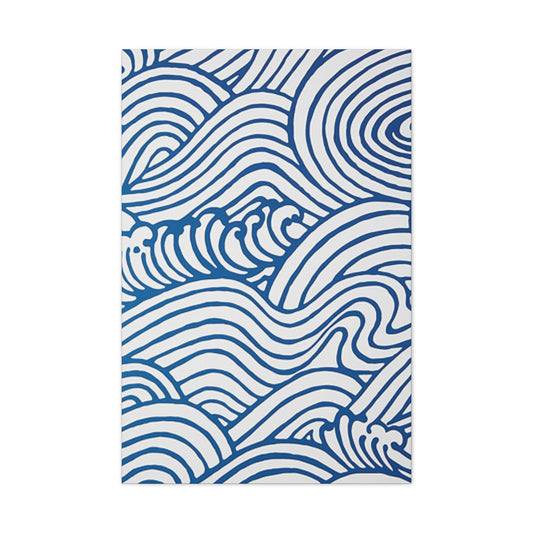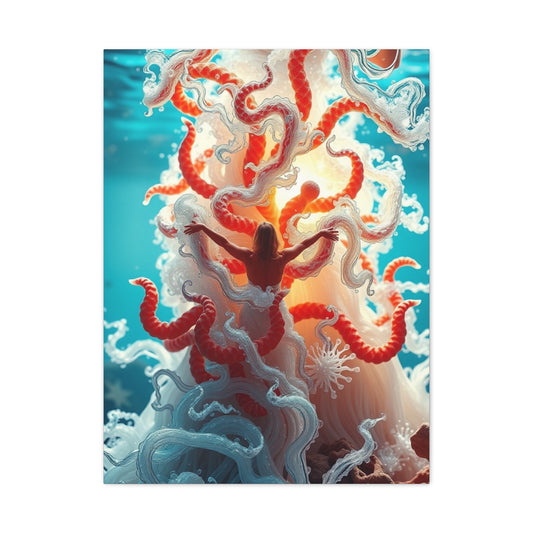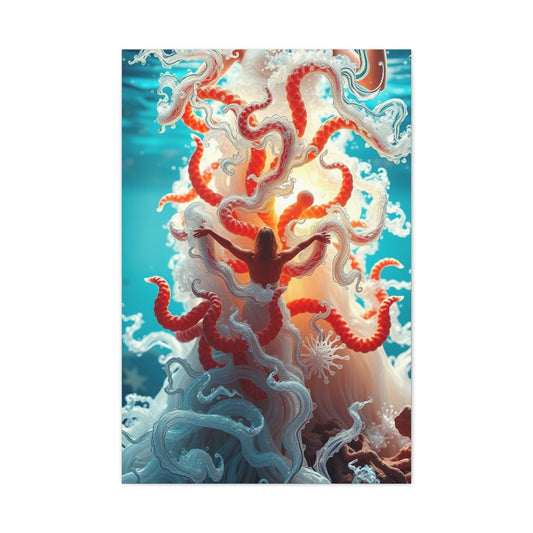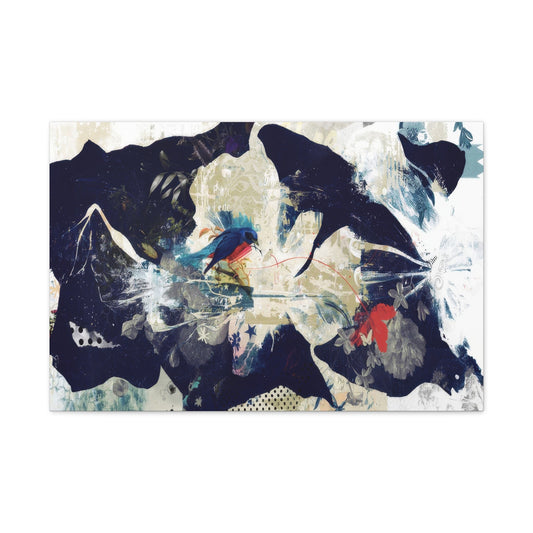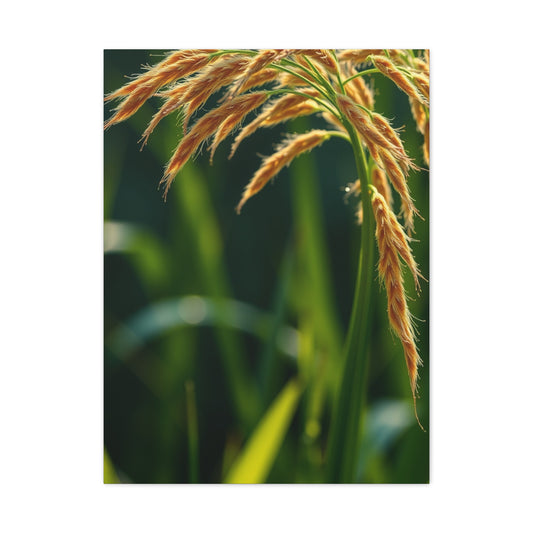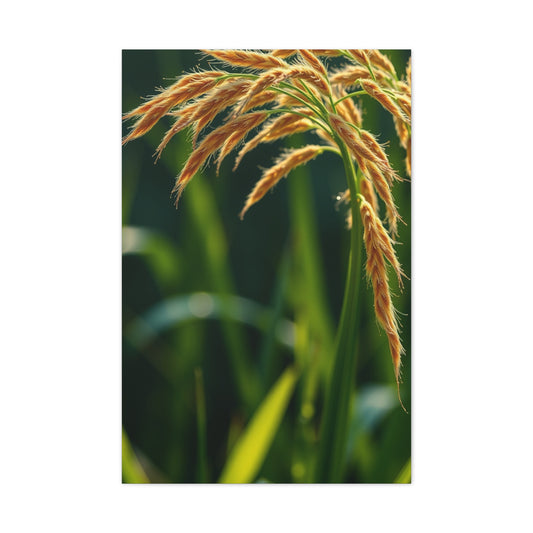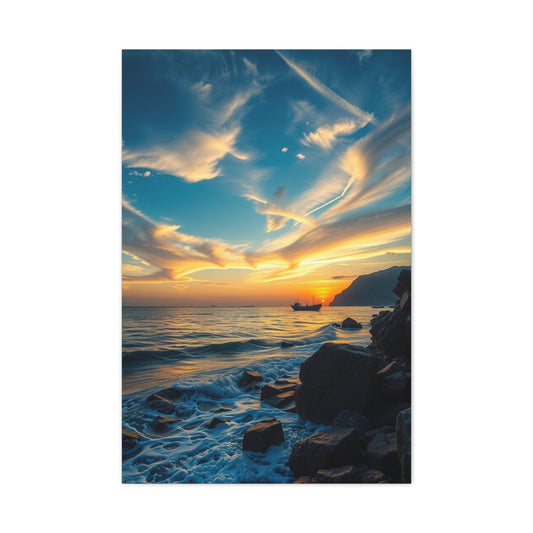Capturing love through a lens is powerful—but capturing intimacy between two people who trust each other completely is where art meets emotion. Couples boudoir photography isn’t just about physical closeness. It’s about revealing a private language of affection, chemistry, vulnerability, and desire. Whether you're a professional photographer looking to build a captivating couples boudoir portfolio or two people exploring your connection through the camera, these ideas will help create a rich, emotionally nuanced experience.
1. Start With a Connection Conversation
Before the session begins, the most powerful tool in your creative toolkit is conversation. A connection conversation isn’t simply about logistics—it’s an emotional warm-up. It lays the foundation for the trust and vulnerability needed to create deeply resonant couples boudoir photography.
Begin by inviting the couple into a calm, unrushed space—whether it's a quiet corner of your studio, a phone call, or a video meeting. Ask questions that go beyond surface-level preferences. Explore how they first met, the quirks they love about each other, the turning points in their relationship, and even the things that make them laugh. These small anecdotes will color your perception and influence your creative direction.
Use this moment to observe how they interact—do they speak softly to one another, finish each other’s sentences, or steal glances? Take mental notes of these gestures. They’ll inform your posing, pacing, and tone throughout the shoot. For more reserved couples, this pre-session conversation is especially important. It provides a chance to gently unearth boundaries and gauge individual comfort levels.
You can also use this time to introduce your own philosophy of boudoir photography. Explain that the experience is not about perfection or performance, but presence. Reassure them that your role is not to judge but to guide, and that their real connection is the most photogenic quality they possess.
This dialogue fosters a co-creative dynamic. Rather than directing models, you are creating with them. They become participants in the storytelling, not just subjects. When the camera comes out, the shoot will feel like an extension of that initial connection, rather than a disruption of it.
An added benefit of this conversation is that it can help set the tone emotionally. If the couple reflects on tender moments together, they may naturally bring that softness to the shoot. If they recall something playful, they might already be smiling. The energy generated during this conversation often carries into the very first frame you take.
|
Related Catagories: |
Consider keeping a small journal or digital notes from each consultation. Over time, these details become an archive of emotional insight that helps you personalize each session. With every couple you photograph, the richness of your storytelling will deepen because you’re starting from a place of mutual understanding.
The connection conversation transforms you from a photographer into a listener, interpreter, and visual biographer. That shift will be felt in every image.
2. Rethink the Setting
Boudoir photography often conjures images of red satin sheets, shadowy bedrooms, and candlelight. While these can be powerful, they aren’t the only environments that speak to intimacy. The setting should mirror the essence of the couple—not just a formula of what boudoir is supposed to look like. When you rethink the setting, you allow your couple’s personal world to become the backdrop of their most meaningful portraits.
Instead of defaulting to the bedroom, invite couples to consider settings that are part of their shared rituals. A kitchen where they sip morning coffee can be romantic in its own way. Let them wear robes, move barefoot, and laugh over a shared espresso. These scenes allow for authentic gestures—touching shoulders while reaching for a mug, brushing crumbs off one another’s lips, or simply holding hands at the kitchen counter.
Another option is to incorporate transitional spaces—hallways, staircases, windows. These areas are metaphors for passage, tension, and reflection. A couple meeting in a hallway with backlighting can suggest longing, anticipation, or rediscovery. Tall windows with soft sheers provide a painterly frame through which light can pour, creating silhouettes that feel almost cinematic.
For couples who cherish the outdoors, you can bring boudoir outside. Nature adds texture, motion, and unpredictability. A forest glade, a secluded lake, a private beach at sunset—each of these transforms a typical shoot into an ethereal exploration. The breeze in the hair, the crunch of leaves underfoot, the sunlight filtering through trees—all evoke a sensual experience that feels alive.
Even public places, when approached discreetly, can host intimate moments. Think of a rooftop during golden hour or an empty greenhouse with steamy windows and climbing vines. If the couple has a favorite bookstore, lounge, or artist studio, these can become extensions of their personal narrative.
Lighting also transforms space. A seemingly mundane location can be enchanted with the right use of light—fairy lights strung across a ceiling beam, candles in antique holders, or the dim glow of a vintage lamp. Light sculpts emotion, highlights touch, and casts shadows that emphasize form and shape.
Textures matter too. Ask your couple about the tactile details that comfort them. A handwoven blanket from a trip abroad, the linen sheets from their honeymoon, a scarf one partner always borrows—these items carry stories. Including them adds both visual depth and emotional resonance.
While choosing a location, always consider logistics and privacy. A place may be beautiful, but if it doesn’t allow the couple to feel safe, the intimacy will evaporate. The setting should be an extension of their world, not a stage on which to perform. Always prioritize emotional safety and comfort above aesthetic novelty.
Allow the setting to be quiet yet articulate—an unspoken character in the photograph that holds space for vulnerability. By rethinking where intimacy happens, you free yourself from templates and unlock moments that feel spontaneous, rooted, and real.
3. Dress for Emotion, Not Just for Style
In couples boudoir photography, wardrobe is more than aesthetics—it’s an emotional prop. What your couple chooses to wear can shape the tone of the shoot, trigger memories, and deepen connection. The right outfit is not necessarily the one that shows the most skin. It’s the one that tells the most truth.
Start by discussing what each person feels good in—not just what looks fashionable. Comfort and confidence are inseparable. One partner might feel most sensual in an oversized button-down shirt that carries the scent of their loved one. Another might prefer to wrap themselves in a vintage shawl passed down from a loved family member. These choices aren’t accidental—they are emotional touchstones.
Offer suggestions that invite exploration rather than strict styling. Suggest textures that evoke closeness: the warmth of chunky knit, the smooth coolness of silk, the delicate transparency of lace. Encourage them to bring pieces that have significance—perhaps a robe worn on their honeymoon or the t-shirt from their first sleepover. These aren’t just garments; they’re anchors of memory.
You can also experiment with layers and gradual reveal. There is poetry in suggestion. A robe slipping from a shoulder or a loosely tied scarf creates curiosity and rhythm in the photograph. Often, what’s partially concealed leaves more to the imagination—and emotion—than what is overtly displayed.
Colors are another layer of storytelling. Earthy tones suggest calm and connection. Jewel tones add drama and intensity. Muted pastels offer softness, while monochrome can bring sophistication. Wardrobe choices should complement skin tones, lighting, and the emotion of each moment, not distract from them.
Minimalism often works best in this genre. Instead of styling the couple in elaborate outfits, pare things back. Use bedsheets, open jackets, or bare backs framed by natural light. Stripped-down simplicity puts the focus on physical closeness, subtle expressions, and meaningful touch. This draws the viewer’s eye toward emotion, not ornament.
And remember: sometimes no clothing is the most powerful wardrobe. But even in these moments, modesty, composition, and respect must remain central. Offer poses and props—pillows, blankets, or carefully placed limbs—that offer discretion while still honoring vulnerability.
For couples who are initially shy, have a set of neutral props and fabrics ready. These can help ease them into the process and offer something tangible to hold, wrap, or interact with. It becomes less about being seen and more about sharing a space together.
Throughout the shoot, continue to affirm how incredible they look—not just physically, but emotionally. Clothing, after all, is an extension of mood. When that mood is confidence, openness, and intimacy, the photos become more than beautiful—they become timeless.
4. Ease Into the Experience
When photographing couples in an intimate setting, you’re not just directing bodies—you’re ushering people through a deeply emotional and often unfamiliar journey. Many couples, especially those new to boudoir, need time to settle into their vulnerability. Rushing that process will only stiffen their energy and flatten the emotional potential of the images.
Begin slowly, with familiarity. Gentle, non-threatening poses like sitting side by side, holding hands, or leaning shoulder to shoulder offer comfort and structure. These moments, though seemingly simple, are rich with body language. Fingers interlocking, a glance exchanged, the subtle shift of weight toward each other—these are the breadcrumbs of deeper connection.
Play music tailored to the couple’s vibe. For some, it's soft jazz; for others, a nostalgic playlist from their early dates. Music is a powerful emotional cue that helps ease nerves, fill silences, and create an immersive atmosphere. Ask in advance what songs make them feel most like themselves.
If one partner is more expressive, begin by focusing on them. This sets a relaxed example and slowly invites the more reserved partner to follow suit. Let them joke, tease, or dance together. The laughter and eye contact that follows will organically loosen their posture.
Make your instructions light, positive, and invitational rather than directive. Say things like, “Hold them like you don’t want to let go,” or “Whisper something you’ve never said out loud before.” These open-ended cues create spontaneity and emotion that no static pose could replace.
Plan your session flow to follow a natural emotional arc. Start with stillness. Progress to interaction—brushing hair away, nuzzling into a neck, forehead kisses. Then, if comfort allows, transition into more vulnerable poses—where one partner reclines into the other, or where their bare skin becomes more exposed. This progression mirrors trust as it builds in real time.
Intersperse moments of pause. Sometimes, the most profound images come when nothing is happening—when the couple is simply looking at one another, breathing in sync, or resting in quiet stillness. You don’t need continuous movement to create magic. You need presence.
Check in often, not just with your lens but with your words. Ask if they need water, a break, or to reset emotionally. Creating a space of consent and collaboration reinforces safety. When they feel seen, they give more of themselves to the process.
As the session unfolds, let them guide the energy as much as you do. Some couples may move from hesitation to playfulness, others from giggles to tears. Your role is not to orchestrate every beat, but to hold the rhythm and let their music play out.
The most remarkable boudoir images don’t come from the perfect pose. They arrive in the flicker of a glance, the squeeze of a hand, or the slight lean into a familiar scent. These are the moments that can’t be planned—but they can be invited, gently, through patience and grace.
Boudoir photography, at its heart, is an emotional slow burn. When you allow space for that flame to catch naturally, the warmth becomes visible in every frame.
5. Visualize Their Love Story
Each couple has a singular rhythm—a cadence of connection that defines their relationship. Some couples communicate in laughter and teasing, while others express love through quiet gestures or prolonged eye contact. The goal of couples boudoir photography isn’t to recreate a generic sense of passion; it’s to immortalize the real emotional language two people speak with each other.
To start, dig deeper than surface-level familiarity. Ask about the micro-moments that define their relationship. Maybe they prepare breakfast together every weekend without a word. Perhaps one always ties the other’s robe or brushes lint off their shoulder with ritual care. These intimate rituals—often overlooked in day-to-day life—make perfect seeds for authentic photographic storytelling.
Let the session follow a visual arc. Begin with comfortable proximity—images of the couple resting, reading, or sharing quiet space. Let their posture be relaxed and real. Then, as their comfort deepens, transition to poses that include more physical closeness—holding from behind, forehead kisses, or hands grazing each other’s hips. Finally, introduce emotionally intense moments: locked eyes, fingertips brushing bare skin, or quiet silhouettes in soft candlelight. This narrative arc mimics the layers of real intimacy and trust.
Some photographers choose to sketch a loose storyboard in advance—a non-rigid outline that allows creativity within structure. Use it as a visual map: Morning light on shared coffee, mid-session softness with embraces in shadow, and a finale that captures the gravity of their bond in golden or ambient light. These stages guide both photographer and couple, encouraging a progressive unfolding of vulnerability.
You don’t need elaborate sets or dramatic lighting to visualize a couple’s love story. You need intention. Each pose, location, and interaction should act as a visual metaphor. A couple sharing a cozy blanket can communicate safety and warmth. One resting their head on another’s lap may evoke surrender and peace. Laughter mid-pose is never a disruption—it’s the purest form of intimacy. Capture it.
Also consider how cultural, spiritual, or lifestyle elements shape their love. For some, prayer or meditation may be part of their bond. For others, it’s dancing barefoot to vinyl records or sketching in silence. Invite them to bring pieces of their story into the shoot—not props for props’ sake, but genuine artifacts of their world.
|
Related Catagories: |
Ultimately, your camera becomes a bridge between memory and moment. When couples look back on the photos, they should feel like they’re reliving an emotion, not witnessing a performance. Visualizing a love story in boudoir photography means pausing time in a way that will always feel real, raw, and deeply theirs.
6. Incorporate Personal Touches
Adding personal elements to a couples boudoir session transforms the experience from visually attractive to emotionally unforgettable. While props should never steal focus, they can quietly enrich the session with intimacy, nostalgia, and symbolism.
Begin by asking your couple to think about objects that hold sentimental value. These could range from items shared during pivotal moments in their relationship—like a bottle of champagne from their engagement night—to small, everyday things like their favorite teacups or worn-in flannel shirts they always argue over. The purpose of these touches isn’t decoration. It’s emotional storytelling.
For example, a couple who bonded over music might bring a record player and their favorite albums. Photographs of them listening together, spinning vinyl, or dancing barefoot on a rug take on a cinematic quality that reflects their shared past. If one wrote the other love letters during a long-distance phase, capturing the couple reading those notes, even silently, adds a layer of depth that can’t be posed or faked.
Pets are often overlooked in boudoir, but they can add warmth, humor, and context. A dog curling up at the foot of the bed, a cat stretching lazily on a windowsill while the couple kisses nearby—these small appearances ground the images in the couple’s lived reality. Of course, the inclusion of animals requires care, timing, and a bit of unpredictability, but when it works, the result feels magical.
Other subtle personal touches include location-based elements. A couple who met at university might bring scarves or books from their campus. Others might incorporate details from their wedding—rings, vows, floral keepsakes. Items like these are visually understated but loaded with meaning, anchoring your imagery in the narrative of their journey.
Photographers should also think in terms of sensory atmosphere. Scented candles that recall a honeymoon destination, soft linens from a favorite vacation, or a custom playlist can all shape the emotional environment. These aren’t props in the conventional sense—they’re tools for immersion.
That said, restraint is key. Don’t clutter your set or overstyle the shoot. Too many elements can distract from the central emotional current. Instead, select one or two deeply meaningful touches and use them as focal points. Let them appear in the background or in the couple’s hands—not front and center, but quietly framing the moment.
When personal touches are chosen with intention and used with subtlety, they transform boudoir from beautiful to unforgettable. They provide emotional hooks that elevate your work beyond generic aesthetics. More importantly, they help the couple feel seen—not as models, but as whole people with shared histories and hopes.
7. Introduce a Unique Theme
Themes in couples boudoir photography are not just visual constructs—they are emotional frameworks. A well-chosen theme gives the session coherence and rhythm, providing both structure and inspiration without overshadowing the authenticity of the couple's interaction. Themes guide the styling, the setting, the tone, and the emotional cues, offering an immersive experience for both photographer and subject.
Rather than imposing a theme, begin with open-ended questions: What stories do they love? What aesthetics feel like home? Are they drawn to vintage glamour or minimalistic calm? Their answers will help you build a session that resonates with their shared identity.
For example, a “rainy day retreat” theme could involve cozy knitwear, warm tea, and windowpane backdrops with raindrops catching the light. Capture them under a blanket, with soft laughter and muted tones. It’s cinematic, yet deeply familiar. Or go bold with a “rooftop romance” theme—city lights, a wine bottle, open shirts and bare feet, capturing urban passion with editorial flair.
Themes can also draw on emotional arcs. A “healing and holding” session for couples overcoming distance or hardship might use soft fabrics, natural light, and quiet body language. A “celebration of touch” could highlight sensual skin contact and dance-like movements.
Use visual cues sparingly and purposefully. Props like vintage radios, classic novels, or antique mirrors should complement, not compete. Let the props become tools of storytelling. For instance, a typewriter might suggest a long-distance couple who once exchanged letters. A record player spins music tied to their first date. These aren’t decorations—they’re narrative anchors.
Wardrobe choices should harmonize with the theme. Earth tones and linen might suit a boho afternoon in the countryside, while bold silhouettes and heels fit a 1930s-inspired hotel shoot. Work with colors and textures that amplify the mood: velvet for luxury, cotton for intimacy, lace for sensuality, and denim for authenticity.
Lighting is another way to reinforce theme. Golden-hour sunlight bathes a rustic scene in warmth. Harsh directional shadows create striking drama for a noir-inspired mood. Candlelight evokes tenderness and timelessness. Each element—location, wardrobe, props, and light—becomes a brushstroke on the emotional canvas of your shoot.
Importantly, ensure that your theme never feels like a costume. It should emerge from the couple's story, not force them into a box. The goal is not performance but immersion—a shoot that feels like stepping into a page of their shared journal.
Keep the structure loose. Let spontaneity breathe within the theme. A moment of wind blowing a strand of hair across a cheek or a glance shared through fogged glass might hold more power than any styled pose. The best themes don’t just look beautiful—they feel lived in.
By introducing a theme with intention and sensitivity, you offer the couple not just photos, but an experience that honors who they are and how they love.
8. Guide Them With Intention
In any boudoir session, but especially with couples, your direction is a form of emotional choreography. You’re not just helping two people pose—you’re facilitating how they feel in each other’s presence while a lens observes. Thoughtful, intuitive guidance can elevate an ordinary shoot into a transformative experience.
Couples often arrive unsure of how to interact physically in front of a camera. They may feel self-conscious about body language, unsure of how much to touch or where to look. This is where your presence as a calm, grounded guide makes all the difference.
Start by framing the session with reassurance. Let them know they aren’t expected to know what to do. Explain that your role is to support and suggest, not to control. When people feel safe and seen, they relax into themselves—and into each other.
Avoid mechanical posing commands like “stand here” or “tilt your chin.” Instead, use evocative prompts. Ask one partner to “run their fingers along the line of their partner’s jaw like they’ve just come home from war.” Or invite a couple to “hold each other like they’re trying to memorize the feel of their skin.” These poetic suggestions create real emotional responses that result in images full of nuance and soul.
If someone seems stiff or disconnected, give them something to do. Movement relieves pressure and often leads to candid beauty. Ask them to slow dance to music they love, or walk toward each other like they’re meeting for the first time. Movement brings breath into the frame, animating stillness with emotional realism.
Demonstrate without embarrassment. If you ask them to cradle one another, show how to hold arms softly or how to curve around each other. Your willingness to move with vulnerability signals that there is no judgment, only artistry.
Don’t be afraid to adjust. If something isn’t working, don’t silently struggle—pivot gently. Say, “Let’s try this from another angle,” or “What if we loosen this a little?” Always keep your tone constructive and warm. Affirm their efforts, especially when they try something new. A simple “Yes, that’s beautiful” or “That hand placement is perfect” can transform self-doubt into confidence.
Offer space between directions. Once you place them in a setup, back off and let them interact. This silence invites genuine emotion to fill the gaps. They might whisper, share an inside joke, or shift into an unexpected embrace. These are the golden in-between frames.
Also remember: physical closeness doesn’t automatically equal emotional connection. Focus on where their eyes go, how their breath syncs, and whether their bodies lean toward or away from one another. Sometimes adjusting a gaze is more powerful than adjusting a hand.
When giving guidance, match your energy to theirs. If they’re playful, mirror that lightness. If they’re quiet and contemplative, keep your voice low and your movements slow. Your attunement helps create a rhythm that supports their emotional state rather than jarring it.
Consent is essential at every stage. If you want to try a more vulnerable pose—like one lying back shirtless or holding the other across their lap—ask clearly and respectfully. “Are you okay trying this?” or “Let me know if this feels too exposed.” Respecting boundaries is not only ethical—it’s central to capturing real intimacy.
Ultimately, the best guidance is like the perfect jazz accompaniment: present, adaptable, and always enhancing rather than overpowering. You don’t need to direct every second. You simply need to open the door wide enough for truth to step through.
9. Foster Confidence Through Affirmation
Boudoir photography, by its very nature, invites vulnerability. This is especially true when couples step into a space where their physical connection and emotional chemistry become the focus of the lens. Even when love runs deep, people bring their insecurities—about their bodies, their expressions, and even their worthiness of being seen in such an exposed state.
Your responsibility as a photographer extends far beyond technical skill. You are not merely capturing a scene—you are facilitating trust and self-recognition. One of the most effective tools you can use to cultivate this safe, affirming space is real-time, sincere affirmation.
Throughout the shoot, speak positively about what’s going well. Compliment their posture, their laughter, the way they naturally lean into one another. Point out subtle details that they may not even realize are beautiful: how one person instinctively touches the other’s face, or how their breathing slows when they’re close. These small comments act like mirrors, reflecting back moments of beauty they didn’t know they were sharing.
Make your affirmations specific. Instead of generic praise like “That’s great,” say “The way your hand gently rests on their waist looks so connected and warm.” Or “When you laughed just now and looked into their eyes—that moment was so genuine.” These details tell your subjects you are present, attentive, and moved by what they’re offering. That acknowledgment builds confidence.
Introduce a pause midway through the session and use it as an opportunity to deepen intimacy. Encourage each partner to say something they love about the other—something they may not say often. These spontaneous exchanges create real-time emotional bonding. One might mention the other’s strength during a difficult time, or simply say they’ve never felt safer than in their arms. It’s not only a tender moment for them but also a chance for you to capture raw, tear-welling emotion that no prompt could produce.
Don’t underestimate the power of body language. If you see nervous tension in one partner—clenched hands, a distant gaze—check in gently. Offer reassurance. Let them know they’re doing beautifully and remind them that this is a space of zero judgment. Sometimes the simple act of being seen and affirmed disarms years of self-doubt.
Confidence is not a prerequisite for good boudoir images—it is a result of thoughtful direction and affirmation. When people feel affirmed in their skin, they move differently. They open up. They allow themselves to be fully present, which is where the real magic happens. The shift is tangible—and it shows in the photographs.
Ultimately, you’re not just photographing two people. You’re helping them see what love looks like when it’s unfiltered. When you affirm them with intention, your camera becomes more than a tool—it becomes a mirror that reflects connection, desire, and self-worth.
10. Zoom In on Details
While sweeping poses and full-body embraces certainly have their place in couples boudoir photography, it’s often the smallest details that carry the greatest emotional weight. Zooming in on micro-interactions allows you to tell a deeper, more nuanced story—one that transcends mere visuals and speaks to the quiet poetry of connection.
These close-up moments serve as a visual whisper. They speak not through grandeur, but through precision. A thumb gently circling the back of a hand, the tension of fingers gripping fabric, the soft tuck of hair behind an ear—these aren’t just gestures. They are fragments of affection, desire, and familiarity that make a relationship unique.
One of the most powerful advantages of detail shots is their universality. While not everyone relates to grand romantic gestures, most people know the feeling of a comforting hand or a shared glance. These images evoke emotion not through context but through texture and sensation.
Use a macro or portrait lens to isolate these tender interactions. Focus on the dip in a collarbone illuminated by golden hour light, or the pressure of two foreheads pressed together. These compositions often feel timeless—intimate but not invasive, suggestive yet completely respectful.
Lighting becomes especially critical in close-up shots. Soft window light can emphasize skin texture and warmth. Candlelight or fairy lights create a dreamy glow that outlines silhouettes with emotional depth. Natural light paired with shadows also offers rich contrasts that add dimension and drama to even the most minimal frames.
Think also about rhythm and repetition. Hands intertwined, feet brushing against each other, the mirroring of breathing patterns—these recurring details create visual consistency and emotional resonance. You can build an entire story arc using only fragments of their bodies, creating a montage of sentiment through subtlety.
Texture can be a story element too. Photograph how fingers sink into a soft sweater, how a necklace rests just above a heartbeat, or how tousled hair frames a sleepy smile. These tactile cues ground the photos in realism and allow the viewer to almost feel the moment unfolding.
It’s also wise to experiment with abstract framing. Crop closely. Let parts of the frame fall out of focus. Allow the viewer’s imagination to fill in the blanks. An image of two hands tangled in bed linens can be more powerful than a wide shot of the couple. Why? Because the viewer senses emotion without needing the full scene explained.
These close-up moments also serve another function: they give couples something deeply personal to cherish. A photograph of a partner’s lips brushing their shoulder or their hands resting on a familiar curve isn’t just sensual—it’s memory captured in minute detail. It reminds them of how it feels to be loved, not just how it looks.
11. Make the Session a Shared Memory
A boudoir shoot can be as memorable as a vacation or anniversary dinner. Encourage couples to treat it that way. Suggest that they block off time before and after the shoot to linger in the moment. Some may choose to get a couples massage beforehand, or go out for dinner afterward.
During the shoot itself, create time for rest and conversation. Pour a drink, put on a playlist they love, or let them lounge between setups. Photograph those moments too—the ones when they’re not “on,” but simply existing together. These in-between scenes are often the most evocative.
12. Embrace the Unexpected
Forget the script. Sometimes the best frames are the ones you couldn’t have planned. A slip of laughter, a glance held longer than intended, or a spontaneous kiss can transform the entire mood of the session. Be ready to capture these shifts.
If the couple starts dancing without you prompting them, follow their lead. If one surprises the other with a whispered joke or playful tug on a blanket, don’t pause the moment. The honesty of these gestures breathes life into the photos and reflects the messy, beautiful nature of real love.
Final Reflections: Crafting Art from Connection
Couples boudoir photography is more than an aesthetic. It’s an experience—a chance to witness and celebrate real intimacy. The trust a couple places in their photographer is sacred. You’re not just documenting a relationship; you’re holding space for two people to see themselves through each other’s eyes.
Every detail matters: the comfort you provide, the encouragement you offer, the atmosphere you create. Use these ideas as a springboard to craft deeply personal, soulful images that transcend typical poses and delve into the heartbeat of connection.








